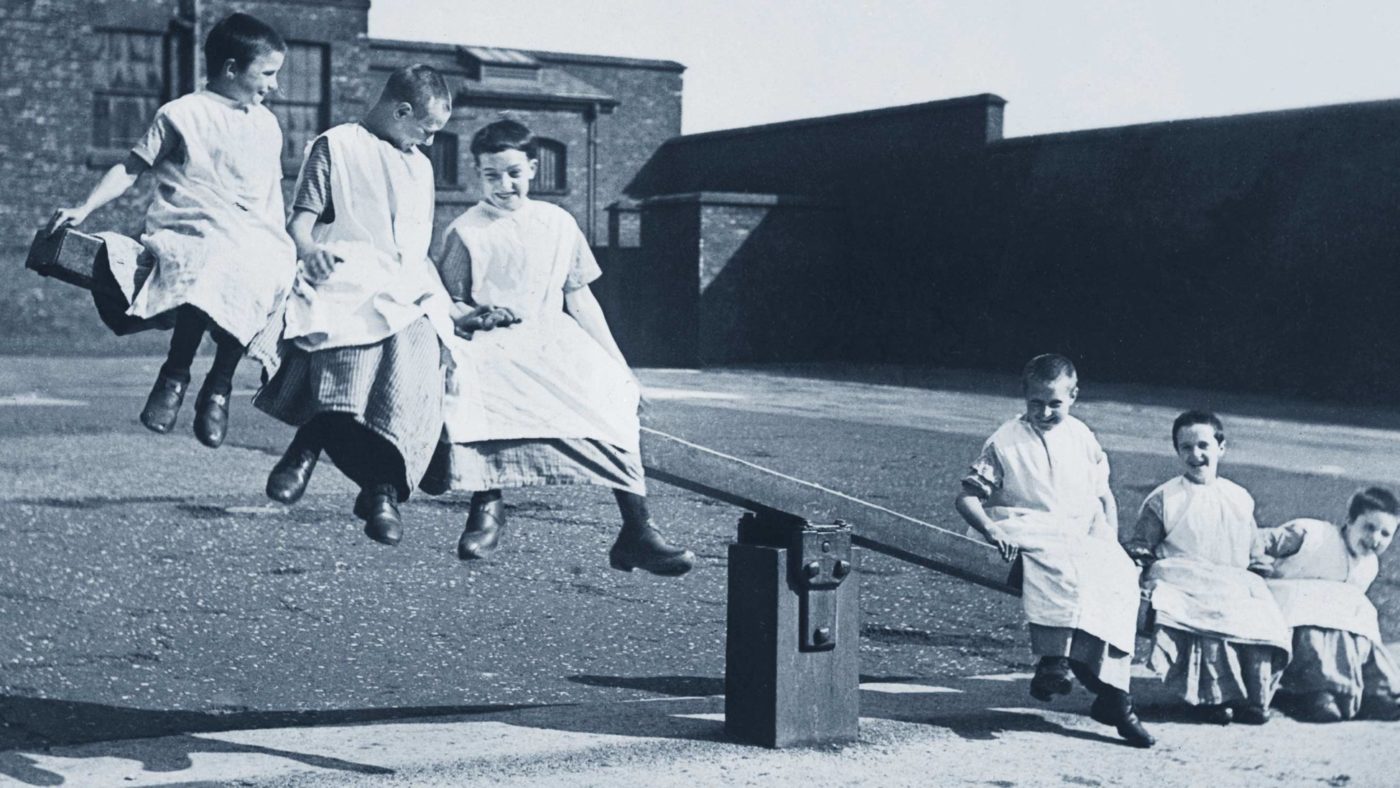Yesterday’s report into the high pay of executives, and its finding that the average FTSE 100 chief will earn per hour almost 120 times what the average employee will, has once again thrust inequality into the political limelight.
There are very good reasons why, in a globalised economy, the heads of multi-billion pound multinational corporations are paid such large amounts of money, and why these sums have increased over recent decades. However there’s also a broader point which needs making, as Nassim Nicholas Taleb points out in his book Skin in the Game, because societies are dynamic and people move up and down, the way we measure inequality isn’t very good at telling us how unequal a society really is.
We currently measure inequality via metrics such as the Gini coefficient. But these give only a snapshot for a single year. For example, if you wanted to look at how much the ‘1%’ were earning relative to everyone else, you could take the top 1% of incomes this year and compare with the combined incomes of the other 99%. Next year you might do the same, and maybe the income of the top 1% would have gone up compared to the other 99%, but the 1% and the 99% won’t be exactly the same people across the two years.
Because societies are dynamic, not static, some people will have seen their income fall and will have dropped out of the 1%. More importantly some people will have seen their income rise and will now be part of the 1%. It therefore doesn’t make sense to simply keep looking and talking about the top 1% or 10% (or whatever % you want) every year and comparing these snapshots across time. It’s people that matter, and people move about in the earnings distribution over time.
If you want to measure inequality properly you need to look at how individuals’ incomes change over time. Unfortunately, most of the work on inequality which gets mass coverage, such as the work of Thomas Piketty, does not do this. As Taleb writes: “Clearly, when you say that inequality changes from year one to year two, you need to show that those who are at the top are the same people – something Piketty doesn’t do”.
This is partly a data issue. It’s difficult enough to work out the Gini coefficient for a single country for a single year (and there are other issues to contend with when defining, let alone measuring, income or wealth accurately). It is a magnitude more difficult to get the data to measure income inequality over a lifetime for a single country, let alone for a basket of countries in order to compare them.
Nevertheless, when researchers do manage to gather sufficient data and look at inequality over a lifetime, they generally find it is much lower than a simplistic snapshot analysis would suggest. For example, researchers in Norway, which according to the Gini coefficient is already one of the world’s most equal countries, found that because of income mobility lifetime inequality was 25% lower than when measured by current income. Looking at the situation in the UK, the IFS comes to a similar conclusion, finding that when you look over a lifetime rather than just a single year the Gini coefficient for gross income falls from 0.49 down to 0.28.
The USA is often singled out as a particularly unequal society. Measured by its Gini coefficient it ranks as one of the most unequal nations in the OECD. But it’s also one of the world’s most dynamic nations, and once you account for income mobility then it appears that America is still a land of opportunity. When you look over a lifetime, then you find that labels such as ‘the 1%’ are much more inclusive clubs than some politicians’ rhetoric would suggest: In fact, an estimated 12% of Americans have at some point in their life been part of the top 1% of earners, almost 40% have been part of the top 5%, and more than half, 56%, have been part of the top 10%.
More evidence that America isn’t as unequal as is sometimes suggested can be found when you look at the most elite part of ‘the 1%’: billionaires.
Looking around the world at where billionaires get their money from, the USA compares favourably. Less than 30% of US billionaires inherited their wealth, most made their money by either founding a company or working in finance, not through the luck of the genetic draw.
This contrasts with European nations: for example over half the billionaires in France inherited their wealth, while in Germany and Sweden the figure is over 60%. It’s clear that if you want to rise to the very top of society then America, not Scandinavia, is where you should live. For all its many problems, the American Dream doesn’t appear to be dead quite yet.
It seems then that the picture of inequality is not as simple or bad as would first appear from the metrics we currently measure it by. How dynamic a society is and how much churn this creates in the income distribution are crucial, if we are going to judge how unequal a society truly is. Because of the data issues, we may be stuck relying on the present snapshot analysis for the foreseeable future.
But if we are going to have a political discussion about inequality and how to respond to it, then we should at least acknowledge the flaws and limitations in how we currently measure it, and be more circumspect in how much we rely on them.
Click here to subscribe to our daily briefing – the best pieces from CapX and across the web.
CapX depends on the generosity of its readers. If you value what we do, please consider making a donation.


